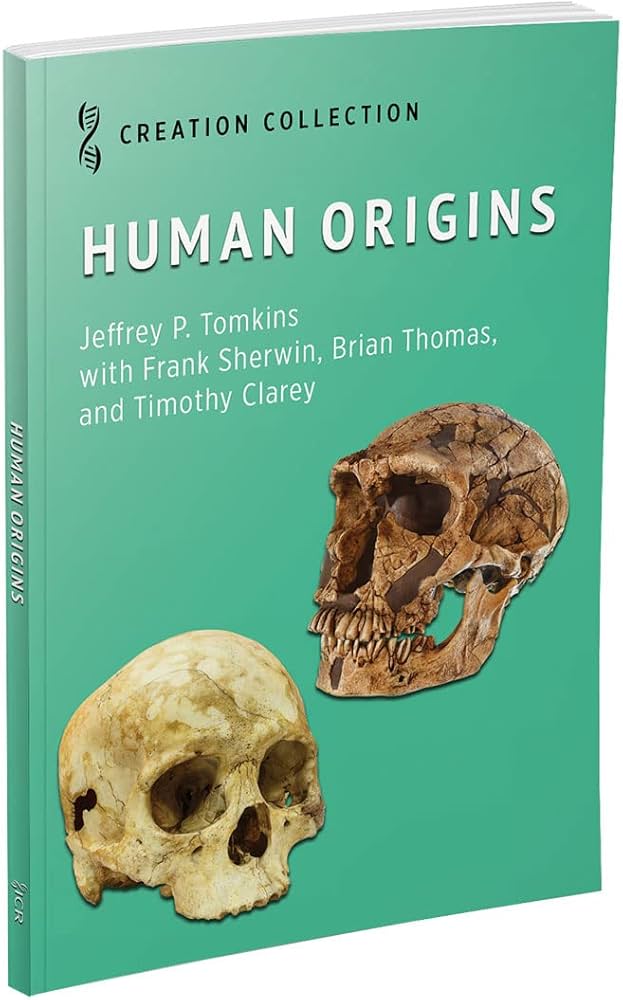Any visitor, upon entering the Royal Tyrrell Museum (in Drumheller, Alberta), could certainly be excused for exclaiming “Wow!” as they catch sight of the first fossil on display. The visitor has already passed through a simulated scene of Albertosaurus models, posed as they might have appeared in life. This scene is based on a bone bed of 22 individuals discovered about 1910 by Barnum Brown at Dry Island Buffalo Jump Provincial Park. But we press onward and wow!! There high on the wall to the left in the next gallery is a Tyrannosaurus rex skeleton, almost all there, displayed as it was discovered lying in the rocks.
During the summer of 1980, two high school students discovered this specimen preserved in hard sandstone in the Crowsnest Pass area. The specimen is called Black Beauty because manganese minerals have coloured the bone fossils black. This is one of the smallest T. rex specimens known, perhaps 6 m (18-20 ft) long. All that is exciting enough, but the feature that causes us to exclaim in wonder, is the pose. The tail is pulled up over the back, and the head and neck are similarly pulled back, the mouth is wide open and the legs are flexed. This is, in short, a classic death pose. But there is no mention of the posture in the museum signage.
Now that museums are displaying fossils in situ (as they are found preserved in the rocks), we cannot miss how many of them lie in a contorted “death pose.” We can’t help asking why are so many in the death pose and what is the significance of this strange posture?
Dinosaur specialists and the public alike have pondered how dinosaurs large and small, came to assume this remarkable pose in death. The answers have been varied. In 1986, Loris Russell, veteran dinosaur expert and curator emeritus of the Department of Vertebrate Palaeontology at the Royal Ontario Museum (in Toronto), declared concerning this posture which we see displayed by duckbill dinosaurs and large meat eating dinosaurs and smaller bird mimics: “the dinosaurs appear to have quietly collapsed on their sides in the mud.” (Rotunda 19 # 2 p. 29 – published by the ROM). Now that explanation does not sound very convincing!
That same year, American dinosaur expert Robert T. Bakker described the posture of a huge sauropod Apatosaurus (or brontosaurs) as contorted with neck and tail twisted above the level of the back. He declared that this posture provides “the strongest proof of a terrible drought.” It was his contention that drying had tightened dead muscles and ligaments in the carcass and pulled the skeleton into this strange posture. He continued: “At Sheep Creek, the eighty-foot [24 m] body of a brontosaur was twisted precisely in the manner of a drought victim. And at Dinosaur National Monument in Utah, a four-hundred-foot-wide stream preserves dozens of gigantic dinosaur bodies all twisted with the huge necks and tails over their backs. Similar scenes of Jurassic death by drying are repeated in quarry after quarry.” (Bakker. The Dinosaur Heresies p. 118).
It used to be that few dinosaur skeletons were displayed in situ (as found). Thus a bird mimic displayed in an obscure corner of the Great Dinosaur Hall (near the spooky Bearpaw Sea exhibit), was actually way ahead of its time. This Struthiomimus specimen was discovered in 1914 in Dinosaur Provincial Park by Barnum Brown. While the original was carted away to the American Museum of Natural History in New York, a cast of the nearly complete and very delicate specimen is displayed in the Royal Tyrrell Museum (as mentioned above). And there it is, the death pose! Until recently, an interpretive sign declared that the carcass had dried out and this was the cause of the strange posture.
There are now several examples of dinosaurs preserved in situ in the museum, which display the remarkable death pose. The signage does not call attention to this posture in any of the other specimens. There is a Gorgosaurus (formerly Albertosaurus) and a bird mimic Ornithomimus displayed in the theropod pavilion (Naylor Hall). There is also a duck bill Corythosaurus opposite the Centrosaurus bone bed in the Great dinosaur Hall. A book for children, published by the museum in 1999, attributed the Albertosaurus (Gorgosaurus) posture to drought. A companion book on the Ornithomimus specimen printed in the same year, does not mention the posture, but does declare that the bones are extremely fragile and would require very rapid burial to be preserved. (Monique Keiran. Ornithomimus p. 21).
How many people have wondered whether the drying explanation was believable? Perhaps not too many. However in 2007, two palaeontologists tested to see if drought could cause a change in posture in a carcass. They found no change at all! The clinical literature instead indicates, they declared, that the animals died in agony, deprived somehow of oxygen. (Cynthia M. Faux and Kevin Padian. 2007. Paleobiology 33 #2: 201-226)
Returning now to the obscure Struthiomimus, displayed in a death pose, the interpretive sign now reads: “The original specimen, on display in New York …. Was found in this classic “death pose” position…. This pose was originally thought to have been a result of drying neck ligaments, but is now considered to be caused by loss of oxygen to the brain and uncontrollable muscle contraction.” Now what could cause such widespread asphyxiation?
So we can say “Wow!” again. These animals all drowned!! Can you imagine the flooding which could drown 26 m sauropods (very stable on four solid legs), duckbill dinosaurs, large meat eaters , and delicate bird mimic dinosaurs. Of course we have all seen such a posture in the even more delicate skeletons of Archaeopteryx from Germany. A terrible flood overtook these land animals large and small. They drowned in agony.
In visits to this or similar museums, be sure to look for in situ specimens exhibiting the death pose. Let your inner detective personality freely express itself!
Moxie
February 2013
Subscribe to Dialogue







